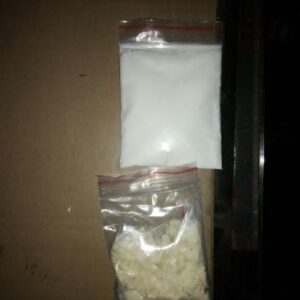Despite increasing prevalence of novel psychoactive substances, no human metabolism data are currently available, complicating laboratory documentation of intake in urine samples and assessment of the drugs’ pharmacodynamic, pharmacokinetic, and toxicological properties.
In 2014, THJ-018 and THJ-2201, synthetic indazole analogs of JWH-018 and
THJ 018 for sale is a new synthetic drug. It’s included into cannabinoids class. This substance is an analogue of a well-known jwh 018.
AM-2201, were identified, with the National Forensic Laboratory Information System containing 220 THJ-2201 reports. Because of numerous adverse events, the Drug Enforcement Administration listed THJ-2201 as Schedule I in January 2015.
METHODS: We used high-resolution mass spectrometry (HR-MS) (TripleTOF 5600+) to identify optimal metabolite markers after incubating 10 μmol/L THJ-018 and THJ-2201 in human hepatocytes for 3 h. Data were acquired via full scan and information-dependent acquisition triggered product ion scans with mass defect filter. In silico metabolite predictions were performed with MetaSite and compared with metabolites identified in human hepatocytes.
RESULTS: Thirteen THJ-018 metabolites were detected, with the major metabolic pathways being hydroxylation on the N-pentyl chain and further oxidation or glucuronidation. For THJ-2201, 27 metabolites were observed, predominantly oxidative defluorination plus subsequent carboxylation or glucuronidation, and glucuronidation of hydroxylated metabolites.
Dihydrodiol formation on the naphthalene moiety was observed for both compounds. MetaSite prediction matched well with THJ-018 hepatocyte metabolites but underestimated THJ-2201 oxidative defluorination.
CONCLUSIONS: With HR-MS for data acquisition and processing, we characterized THJ-018 and THJ-2201 metabolism in human hepatocytes and suggest appropriate markers for laboratories to identify THJ-018 and THJ-2201 intake and link observed adverse events to these new synthetic cannabinoids.
Synthetic cannabinoids (SCs) interact with endogenous cannabinoid receptors and elicit cannabimimetic effects similar to those of Δ9-tetrahydrocannabinol (1, 2). SC3 abuse causes serious toxicities, including acute kidney injury, myocardial infarction, and death (3, 4).
Despite these health hazards, SC intake persists. Many SCs (e.g., JWH018, JWH-073, AKB48, and XLR-11) have been scheduled in the US, Japan, and most European countries; however, more structurally diverse compounds continuously emerge.










Avaliações
Ainda não existem avaliações.